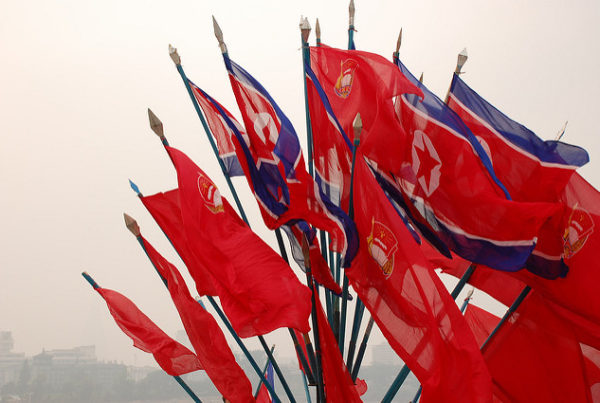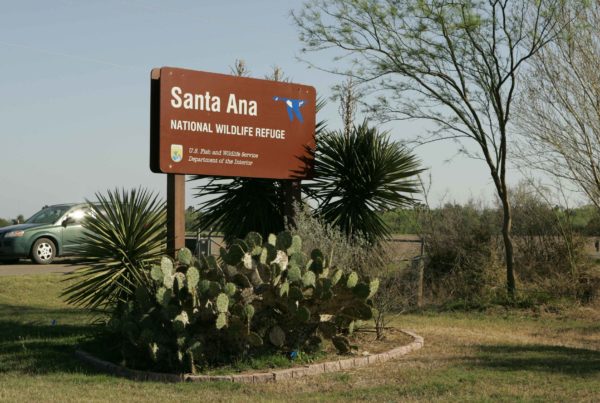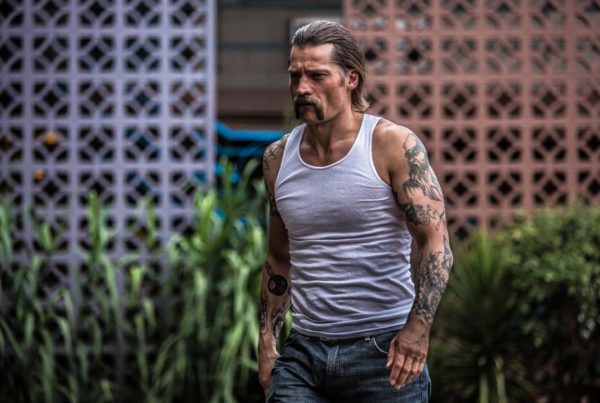From Marfa Public Radio:
This summer we’ve been hitting the road and heading to the state and national parks in our area, taking a look at the stories behind these places right in our backyard.
For our final stop, we head to Big Bend National Park, where peak temperatures mean slow season for tourism. But water shortages and campground closures aren’t stopping all visitors from coming to the park. Officials from both sides of the border are still dealing with a decades-old problem: trespassing livestock.
As you descend into the lower elevations of Big Bend National Park along the Rio Grande, the landscape begins to change. It’s decidedly greener. And if you’ve spent any time in the park hot springs on the river, this might be a familiar scene: you’re sitting waist-deep in 105-degree water, and across the river in Mexico, a horse emerges from the carrizo cane.
Park Wildlife Biologist Raymond Skiles knows there are at least a few folks out there who find themselves in this situation and assume they’ve spotted a wild mustang. In fact, these are not free-roaming or “wild” animals.
Since its inception, the park has had problems with livestock crossing the river from Mexico. Skiles estimates that at any given time, more than 100 large animals are illegally grazing here in the park.
“You know the old adage of the grass is greener on the other side tends to hold true,” Skiles says of the vegetation on the national park side of the river.
Although cattle, horses, and burros were once raised by ranchers here, with the park’s creation came the mission to preserve the food and habitat of native species. And full-time grazing by 100 head of livestock can do a lot of damage. It can also cause erosion.
“You go on Google earth or something,” Skiles says“you can zoom in and just see what looks like spider webs of these eroded routes networking the desert near the river.”
Skiles and his team typically follow these trails to find livestock. And when they do, their trespass wildlife management plan kicks in. Park rangers and USDA staff go out on foot and horseback and round the livestock up into trailers.
Occasionally during the roundup process, they come face to face with their neighbors. Ranger Miguel Jurado once had a conversation from across the river with the owner of a group of 10 trespassing horses.
“He was just asking if we would not take them, and why were we taking them,” Jurado says. “I told them they were trespassing and our job was to take them back. I asked him if he was aware of the situation and that it was illegal, and he said he was, they had gone across the river and he didn’t have a chance to go get them.”
The park has tried other methods of managing this problem, like sending animals back across the river with a fine. But in the long run, they weren’t effective. Now, the U.S. Department of Agriculture requires that the captured livestock be taken to Presidio to go through customs and border processing. They are quarantined, tested for diseases, and sold at auction in the U.S. In effect, their owners never get them back.
The Rio Grande represents a border, but foremost it is a river. For the people living in the small villages or isolated houses south of Big Bend, access to the river – for themselves and the livestock their incomes depend on – is vital. However, it can be difficult to let livestock drink and still keep them from crossing.
Javier Ochoa is a manager of the Maderas Del Carmen and Ocampo protected areas along the river. He says that most of the people living across the river don’t like that their cattle cross.
Unlike national parks, people live in the protected areas. Ochoa communicates regularly with these agriculturalists, as well as park staff in the U.S. Many herds along the river are very small, maybe a dozen head of cattle. For their owners, losing any animal to the park is significant.
“They are not happy about it, absolutely,” he says. “If you lose a horse, some people have only two horses – it’s 50% of the herd.”
Fencing isn’t a viable option for those with small herds. It’s too expensive to maintain with the river often washing it away. There are those, however, who choose not to contain their cattle. Owners of bigger livestock operations may be willing to let their herd cross. Losing a few animals might be worth letting the rest pack on some weight, grazing on lush national park grasses. But Ochoa says it’s the law.
“The USDA has their rules, Big Bend National Park has their rules. If the people don’t respect the rules, I’m sorry my friend, they need to move the cattle,” Ochoa says.
Protected area managers like Ochoa are trying to help people develop a more sustainable cattle ranching practice by introducing things like pasture rotation. Perhaps, one day the park won’t look so tempting in comparison. Though it may be for different purposes, people on both sides of the river want the same thing – healthy, thriving land in unforgiving country.















